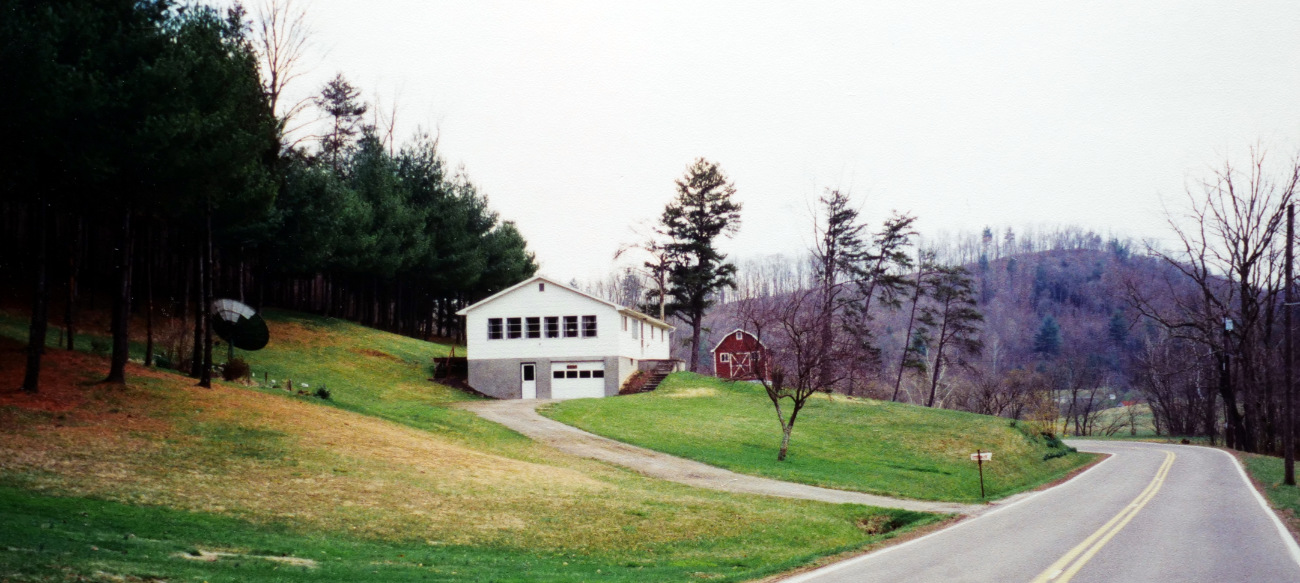This post is by my partner, Dave.
March 26, 1997
 I recently had the privilege of accompanying my father to his homeland in West Virginia. My last visit, about eleventy-umpteen years ago, resulted in some fond memories. Unfortunately, it is mostly other people who remember those fond memories—I hardly remember a thing. On this trip, it was as though I was seeing Dad’s homeland and his family for the first time.
I recently had the privilege of accompanying my father to his homeland in West Virginia. My last visit, about eleventy-umpteen years ago, resulted in some fond memories. Unfortunately, it is mostly other people who remember those fond memories—I hardly remember a thing. On this trip, it was as though I was seeing Dad’s homeland and his family for the first time.
I’ve been to 48 of our 50 states and to several other countries. But Dad’s homeland in West Virginia is not quite like any other place on earth. Here are some of my observations about that area and about my family, taken from my notes during our visit.
God made West Virginia out of hills. The countryside is wrinkled, like a bed sheet when you first get out of bed. If you ironed out all the hills and stretched the landscape flat, it would probably cover an area the size of Canada. No wonder it took them three days to get anywhere with a horse. Pick any two points, no matter how close together, and there are at least a dozen hills in between.
The space where two hills meet is called a hollow (pronounced holl’-er). It’s called a holler because that’s what you do there when you get lost.
I don’t know how the people who grew up there ever learned to walk on flat ground.
There are various types of drinking water. Water from a dug well tastes pure, but water from a drilled well comes in a variety of flavors: salty, oily, copper, zinc, and mineral medley. This is because when a well is dug, they stop digging when they hit water. But when a well is drilled, they might drill past an underground aquifer, continue through two levels of salt deposits, through gas, past bedrock and strike oil. Then they pump it into their showers. It tastes alright once you get used to it. And it has the advantage that it makes an excellent salty soup stock using the following recipe:
Soup Stock
Ingredients:
2 Quarts water from a deep, drilled well.Instructions:
Heat to taste.
Driving in West Virginia requires special training. The two-lane, paved roads wind through the hills and hollers, sometimes making a curve so sharp that a long car will run into itself around the curve. There are speed limit signs here and there, invariably set at 55 mph, and always followed by a yellow diamond warning sign with a picture of the upcoming curves in the shape of a child’s scribbles.
It is proper to drive in the middle of the country roads, straddling the yellow line in the middle of the road. In fact, taking a left-hand curve at 55 mph often requires driving in the left lane to keep the forces under 3G so no one passes out. If a car approaches from the other direction, it is courteous to swerve to let it pass. To pass a car in front of you, just wait for a double yellow line and floor it.

More about Dave on his site.